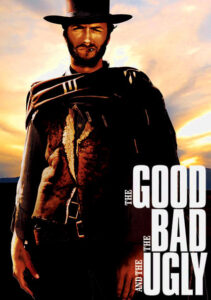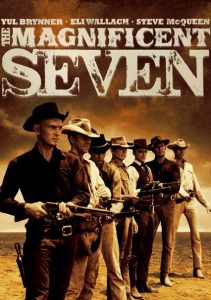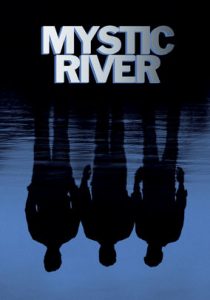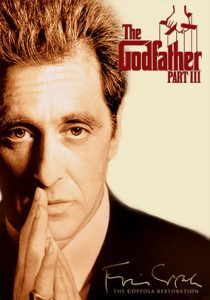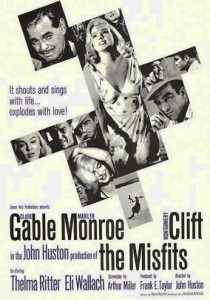The Good, the Bad, and the Ugly-1966
Director Sergio Leone
Starring Clint Eastwood, Eli Wallach, Lee Van Cleef
Top 250 Films #115
Scott’s Review #1,320
Reviewed December 9, 2022
Grade: A
Film lovers cannot view The Good, the Bad, and the Ugly (1966) without realizing its enormous influence on Quentin Tarantino, one of the greatest filmmakers of modern times.
Obsessed with the ‘spaghetti western’ a derogatory categorization for cheaply made Italian western films with lousy lip-syncing and an over-the-top stylization, he made them ‘cool’ and interspersed moments and film scores from some of these films.
Director Sergio Leone also created brilliant films like Once Upon a Time in the West (1968) and Once Upon a Time in America (1984) and was famous for his sprawling epics at great length.
The Good, the Bad, and the Ugly is top-notch in nearly every way. The instantly recognizable, hauntingly operatic score is to be revered. It brings dubious and edgy energy that defines the entire film and represents the title characters.
Unfortunately, the film received mixed reviews at best upon initial release but is now considered a masterpiece.
The sprawling landscape represents the American Western territory with lush mountains and desert dryness. The film was shot mainly in Spain, but you’d never know it. It’s a pleasing feeling to possess this knowledge since it makes for more fun and comparisons to the fake world of the frontier.
The creative, sweeping widescreen cinematography is also a significant win. Combined with violent, stylized gunfights, close-ups, and long shots, the film is unique.
Story-wise, during the bloody Civil War, a mysterious stranger, Blondie ‘the Good’ (Clint Eastwood), and a Mexican outlaw, Tuco ‘the Ugly’ (Eli Wallach), form an uneasy partnership. Blondie turns in the bandit for some reward money, then rescues him just as he is being hanged. When Blondie’s shot at the noose goes awry during one escapade, a furious Tuco tries to have him murdered.
The men re-team abruptly, however, to beat out a sadistic criminal named ‘Angel Eyes’ (Lee Van Cleef) or ‘the Ugly’ and the Union army and find $20,000 that a soldier has buried in the desert.
The hook is that each of the three principal characters is looking for loot, specifically a buried cache of Confederate gold. This plot enhances the duels and peril along the way, which is undoubtedly a selling point for the viewer.
The finale and paired ‘noose sequence’ is the highlight.
The Good, the Bad, and the Ugly is purely a ‘guy’s film,’ though this is not to say females who appreciate influential cinema will not get something from it. Even if the plot is a one-trick pony, the other aspects of the film’s quality are worthy of admiration.
In 1966, Clint Eastwood was not the big Hollywood star he would soon become and certainly hadn’t tried his hand in the director’s chair.
The Good, the Bad, and the Ugly is a very early Eastwood film that propelled him into a rebellious action hero he cemented with Dirty Harry (1971).
Studying the characters may be a superfluous approach for a film like this, but Blondie’s nickname, ‘the Good,’ is laughable. He’s a pure antihero who joins forces with ‘the Ugly, ‘ a known criminal. Sure, he spares lives, but he’s not precisely a goody two shoes. That makes the character more appealing in my book.
Spaghetti westerns were derided and scoffed at when they were initially released. Nobody could have predicted that a film like The Good, the Bad, and the Ugly (1966) would be revered and influential.
The great filmmakers who appreciated this film mirrored their own after it.
